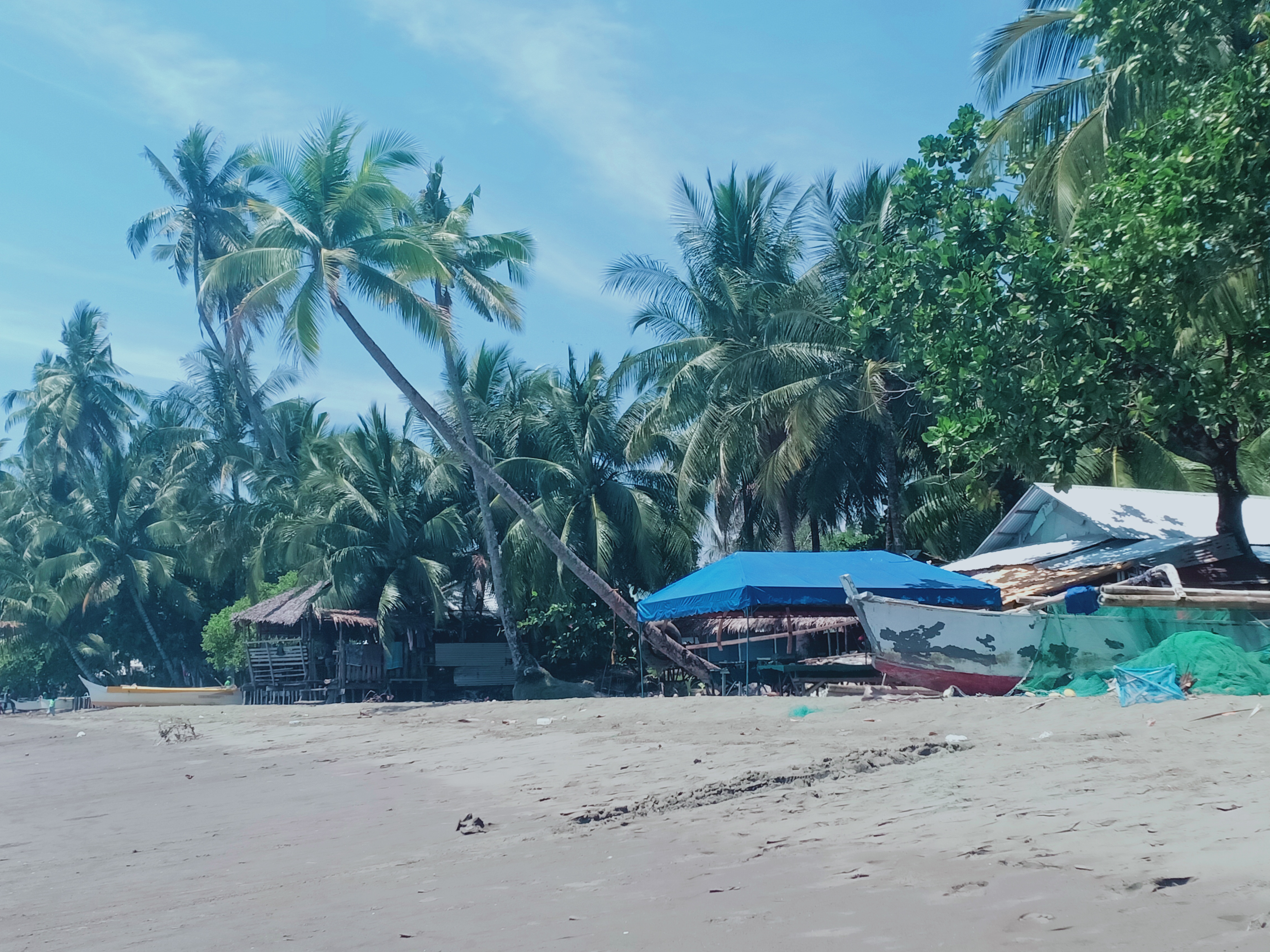Low Species Diversity of Beach Forests among Coastal Barangays of Malita, Davao Occidental
DOI:
https://doi.org/10.59120/drj.v16i2.385Keywords:
Beach forest, biodiversity, community structure, Davao Occidental, MalitaAbstract
Beach forests play a crucial role in coastal stability, protecting against erosion, storms, and surges. The study focuses on the beach forest community in the coastal areas of Malita, Davao Occidental, which has a relatively understudied ecosystem. The study’s objective was to describe the community structure of the beach forest qualitatively and quantitatively. The assessment involved using transects and quadrats to collect data on species composition, percent cover, stand basal area, importance value, diversity indices, and stems per hectare. The survey results revealed a total of 44 species belonging to 27 families. Cocos nucifera and Terminalia catappa were found in all sites, indicating their high occurrence. Stand basal area analysis showed that coconut trees had the highest basal area, suggesting their dominance. T. catappa and Melanolepis multiglandulosa also had significant values of importance, highlighting their ecological significance. The study found a positive correlation between tree height and diameter at breast height (DBH). Significant differences in DBH were observed among the recorded tree species in the barangays. The diversity indices and species evenness varied across barangays, although the values remained relatively low and exhibited minimal variation among the surveyed areas. The number of stems per hectare differed among the barangays, with Barangay Mana having the highest count. The findings emphasize the ecological importance of beach forest species, particularly coconut trees, T. catappa, and M. multiglandulosa. This information can be valuable for conservation and management efforts and future environmental projects in the region.
Downloads

Downloads
Published
Issue
Section
License
Copyright (c) 2025 Jopy D. Cañeda, Jhun Rheil H. Molina, John Paul R. Pacyao, Jilliane Rae C. Cabili, Georgie F. Tabaranza, Dexter D. Roquero

This work is licensed under a Creative Commons Attribution-NonCommercial 4.0 International License.
DRJ is an open-access journal and the article's license is CC-BY-NC. This license allows others to distribute, remix, tweak, and build on the author's work, as long as they give credit to the original work. Authors retain the copyright and grant the journal/publisher non-exclusive publishing rights with the work simultaneously licensed under a https://creativecommons.org/licenses/by-nc/4.0/.









